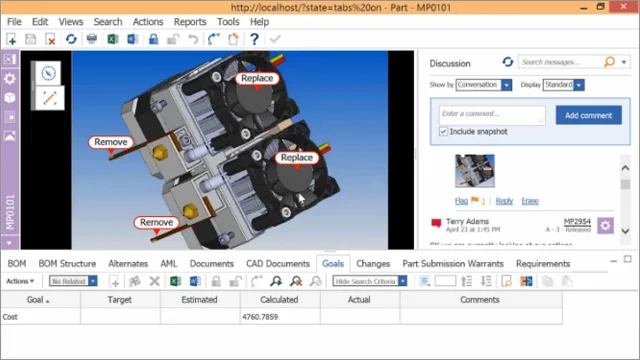Building a Case for CPQ Operating on PLM
/No Other Platform Provides the Needed Single-Source-of-Truth like PLM. CPQ draws on a wide variety of data and is critically process dependent. If ever there were applications that could use “single source of truth,” it is CPQ. But, for many companies, spreadsheets, file folders, email exchanges and various home grown and internally maintained applications are their “CPQ-lite.” On top of all of this, the “change train” keeps barreling along. Data is never static. Change does not stop. Time-outs don’t exist. And, undoubtedly, the “intervention cycles” will be high and unsustainable. Let’s recall the presentation from an earlier issue as a step toward making the case...
Read More










